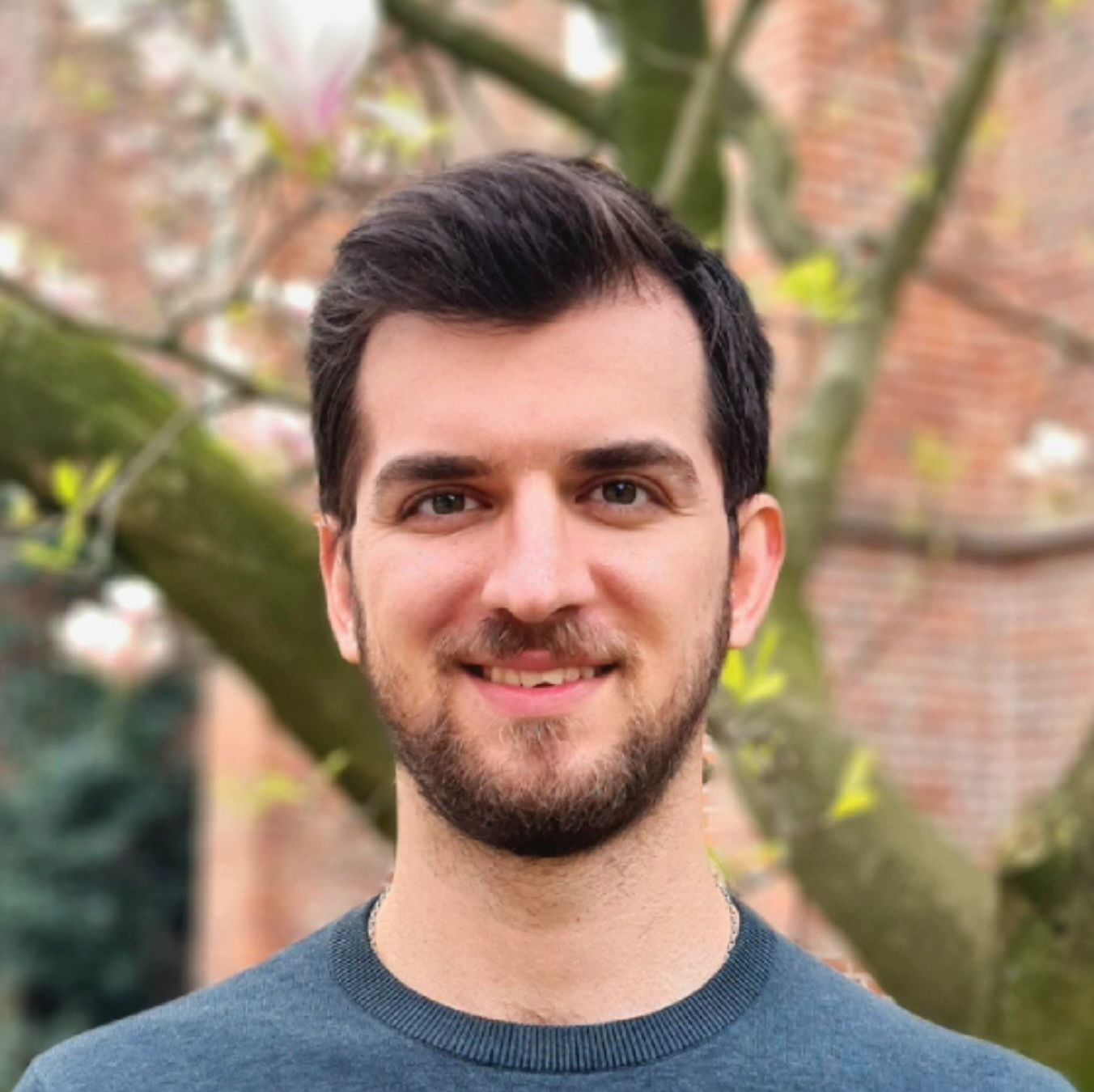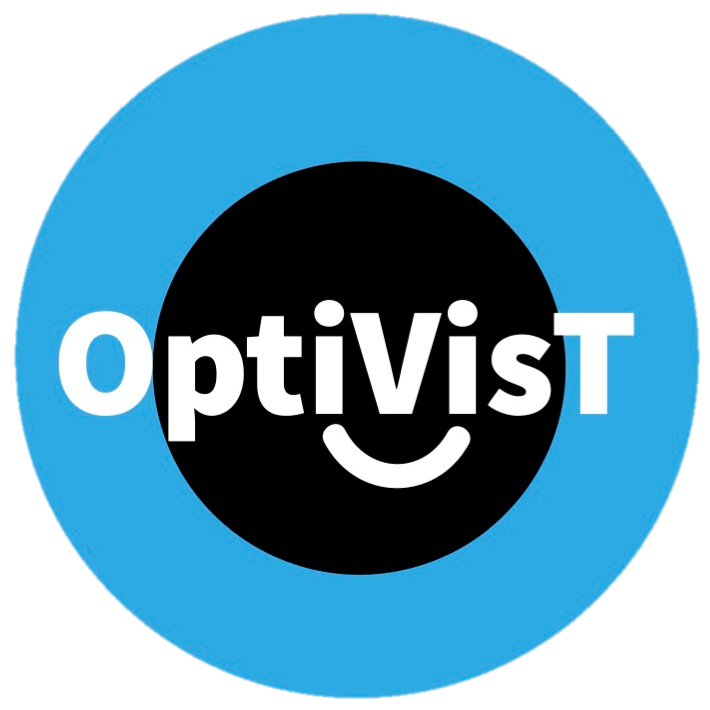MEHRDAD GAZANCHIAN

Motion-sensitivity and other non-standard functional tests as predictors of functional vision in activities of daily living in glaucoma
Update Nov. 2024
I joined the Laboratory of Experimental Ophthalmology in the University Medical Center Groningen (Groningen, the Netherlands) in October 2021 to carry out this project under supervision of Prof. Nomdo M. Jansonius and Prof. Frans W. Cornelissen.
Personal Background and Interest:
I studied medicine in Mashhad University of Medical sciences and became a medical doctor in 2018. During my studies, I collaborated in ophthalmologic research in the Eye research center and my thesis was about changes in corneal epithelial thickness after refractive surgeries. After graduation, I worked as a general physician for two years during the COVID-19 pandemic. My main research interests are ophthalmology and clinical interdisciplinary research combining ophthalmology and neurology. I plan on continuing doing research in the field of ophthalmology as well as becoming an ophthalmologist and working in the clinic.
Aim of the project:
The objectives of my project are to 1) to predict visual performance in ADL including; and 2) evaluate the efficacy of using motion sensitivity for diagnostics. There will be a specific focus on glaucoma (an ophthalmic disease), since insensitivity to motion is a key characteristic.
Current activities:
To date I have:
- Investigated the impact of non overlapping visual field defects on vision-related quality of life in glaucoma using a battery of questionnaires
- Investigated the impact of simulated non overlapping visual field defects on different visual functions using a battery of psychophysical tests
- Explored how threats to fixation affect vision-related quality of life in individuals with glaucoma
- Analyzed the effect of volume scotomas on vision-related quality of life in glaucoma using mathematical models
- Assessed the various patterns of visual field loss in glaucoma and how different patterns can affects different aspects of vision related quality of life
I completed my secondments at the City University of London and Johnson & Johnson Vision Groningen. At London, I worked with a large dataset of visual fields and used novel archetypal analysis techniques to understand different patterns of visual field loss in glaucoma. During my time at Johnson & Johnson, I learned how academic research can be applied in practical settings, giving me a clearer understanding of how my work could make a difference outside the lab.
Future directions:
After finishing the PhD, I plan to continue my career as a physician in Sweden. My ultimate goal is to become a clinician/researcher in ophthalmology.
My OptiVisT experience:
Being part of the OptiVisT program was an incredible experience that helped me grow. It provided a unique opportunity to focus on my research in ophthalmology, all while learning in an environment that encouraged innovation and exploration. One of the most surprising and valuable parts of this journey was picking up new skills, like programming, that I might never have pursued otherwise. These new skills have opened up exciting possibilities in my work and have broadened how I approach problem-solving in the medical field.
Meeting and collaborating with researchers from Europe and other parts of the world brought fresh ideas and created partnerships that I truly value. The workshops were a highlight—they improved not only my technical expertise but also essential skills like communication, teamwork, and problem-solving. These skills have proven useful, both in my research and in my medical practice.
What made the experience even more special were the connections I made. The friendships and professional relationships I formed through OptiVisT have given me a strong support network, one that I know will provide guidance and motivation as I continue to advance in my career.
Project output
Talks
- Effect of non overlapping visual field defects on Vision related quality of life in glaucoma, Noordelijke Oogheelkundige Nascholing (NON) meeting, 2023, Online
- Non-overlapping visual field defects in glaucoma: are the eyes able to compensate for each others’ defects? Nederlandse Glaucoom Groep (NGG) meeting, 2023, Online
- Archetypes of binocular visual field loss and their impact on vision-related quality of life in glaucoma patients, Imaging and Perimetry Society (IPS) Conference, 2024 Cardiff, UK
Poster Presentations
- Gazanchian M., Jansonius N., Effect of non-overlapping visual field defects on vision related quality of life in glaucoma, World Glaucoma Congress (WGC), 2023, Rome, Italy
- Gazanchian M., Jansonius N., Visual functions in non-overlapping visual field defects: dichoptic experiments in healthy subjects with simulated scotomas, ECVP, 2023, Paphos, Cyprus
Publications
- Gazanchian M., Jansonius N., Effect of Depth-Dependent Integrated Visual Field on Vision-Related Quality of Life in Glaucoma. Translational Vision Science and Technology. Available from here
- Gazanchian M., Jansonius N., Effect of threat to fixation on vision-related quality of life in glaucoma. Acta Ophthalmologica. Available from here
- Gazanchian M., Jansonius N., Effect of non-overlapping visual field defects on vision related quality of life in glaucoma. Ophthalmology Glaucoma. Available from here.

